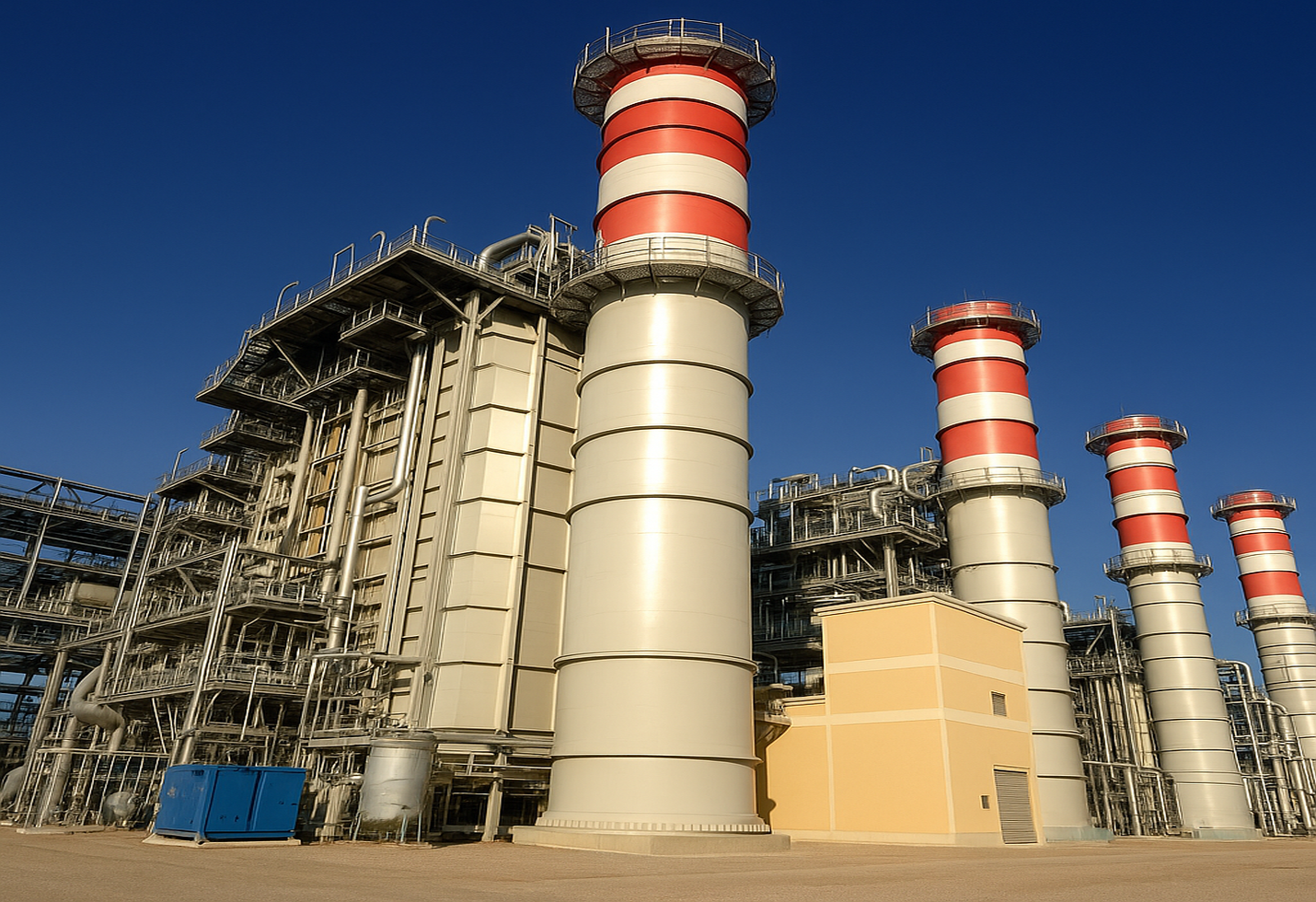Power Grid Outperforms in a Weak Market: Is India’s Utility Sector a True Defensive Play?
On 26 September 2025 Indian markets sold off sharply — the BSE Sensex fell ~733 points, pressured by global tariff headlines, rupee weakness and FII selling. In that down session many cyclical names underperformed, but Power Grid Corporation of India Ltd. (POWERGRID.NS) only dipped modestly and outperformed the broader market, signalling the classic “flight to defensive utilities” behaviour.
Power Grid — financials and ratios
Power Grid’s most recent audited FY numbers and Q1 FY26 disclosures (company investor presentation and exchange filings) give the clearest picture:
* Total income (FY 2024-25): ₹46,325 crore (reported 19 May 2025). Consolidated FY25 Profit after tax: ₹15,354 crore.
* Q1 FY26 (quarter ended June 30, 2025): consolidated revenue ~₹11,444–11,657 crore and consolidated PAT ~₹3,630–3,631 crore. These were reported in investor presentation / Q1 release (July–Aug 2025).
* Trailing twelve-month EPS (TTM): ₹16.59 (Jun 2025 TTM). Trailing P/E (market data around late Sep 2025): ~17.2x. Price/Book: ~2.8–2.9x. Market capitalisation: ≈₹2.56–2.67 trillion. Dividend declared: ₹1.25 (final dividend announced 19 May 2025; ex-date 19 Aug 2025). Dividend yield (TTM, late Sep 2025): ~3.1–3.2%.
* Return on Equity (ROE, Mar-2025 consolidated): ~17.1–17.3%.
* Return on Capital Employed (ROCE): ~12.4%.
* Total Debt / Equity (consolidated, Mar-2025): ~1.42x (≈142%) and reported net debt around ₹1.24 trillion (gross debt ~₹1.35t, cash ~₹100.8b). These leverage levels are material but typical for asset-heavy regulated utilities.
Why Power Grid (and utilities) behave defensively
* Regulated cash flows and indexation. Transmission tariff frameworks and the quasi-regulatory nature of transmission revenue create high cash visibility versus cyclical industrial firms. That makes earnings less volatile during short global shocks.
* High net margins and steady payouts. Power Grid’s consolidated net margins (PAT/Total income) and historically high dividend payout (>50% in many years) mean investors receive income even when capital returns lag. The company paid interim/final dividends across 2024–25, supporting a ~3% yield in a falling market.
* Defensive valuation anchors. With trailing P/E in the high-teens and ROE ~17%, Power Grid is not a “cheap” beaten down cyclical — but the valuation reflects predictable cashflows and dividendability. During risk-off bouts FIIs and domestic yield-seeking investors rotate into such names.
Risks that temper the defensive narrative
Utilities are defensive only to an extent. Key risks include project execution delays (which have pressured recent quarterly growth), rising interest rates impacting project financing costs, and regulatory changes around tariffs or capital cost pass-throughs. Power Grid’s leverage (debt/equity ~1.4x and net debt >₹1 trillion as of Mar-2025) means a sudden spike in funding cost would compress returns. Reuters and company filings flagged project delays as a near-term headwind in 2025 results.
Practical investor checklist — what to do now
1. If you want defence + income: hold or add high-quality regulated utilities such as Power Grid in size consistent with a portfolio yield target (i.e., 5–15% allocation). Focus on names with stable payout histories and ROE >12%. Use staged buys to average in around 16–18x forward P/E ranges.
2. If you want growth exposure with lower risk: rotate part gains from cyclicals into mid-sized transmission/renewable-integration plays, but check net debt/EBITDA and capex commitments — avoid highly levered EM infra juniors.
3. Balance-sheet check: insist on latest net debt, interest coverage (EBITDA / interest expense), and capex guidance. For Power Grid, confirm that gross debt (~₹1.35t as of Mar-2025) and available liquidity are aligned to project pipelines.
4. Hedge macro risk: maintain cash/fixed-income buffer to exploit sharper dislocations if FIIs rotate back quickly; defensive rotation can reverse fast and lead to short-term volatility even in utilities.
Conclusion
Power Grid’s modest decline amid a broader Sensex sell-off in late September 2025 illustrates the defensive pull of regulated utilities: steady cashflows, attractive ROE and reliable dividends cushion downside and attract yield-hungry flows. Investors must weigh leverage, project execution risk and valuation before adding exposure. Prudent position sizing, dividend-adjusted total return math and weekly flow/earnings monitoring are essential.
The image added is for representation purposes only





LEAVE A COMMENT
You must be logged in to post a comment.